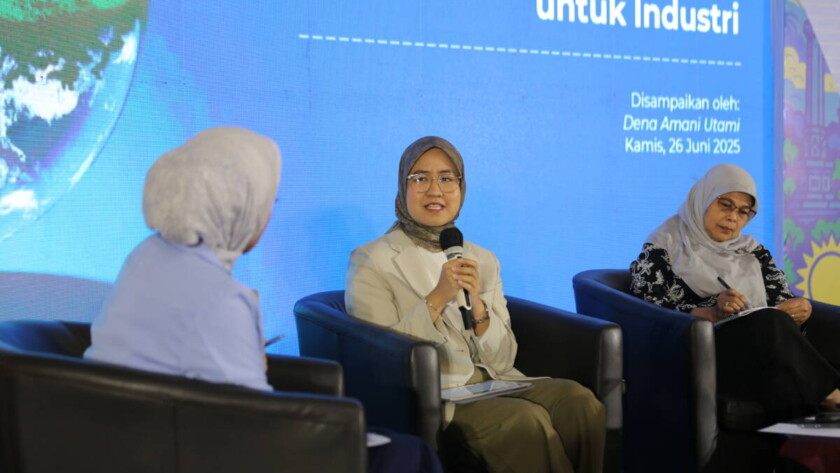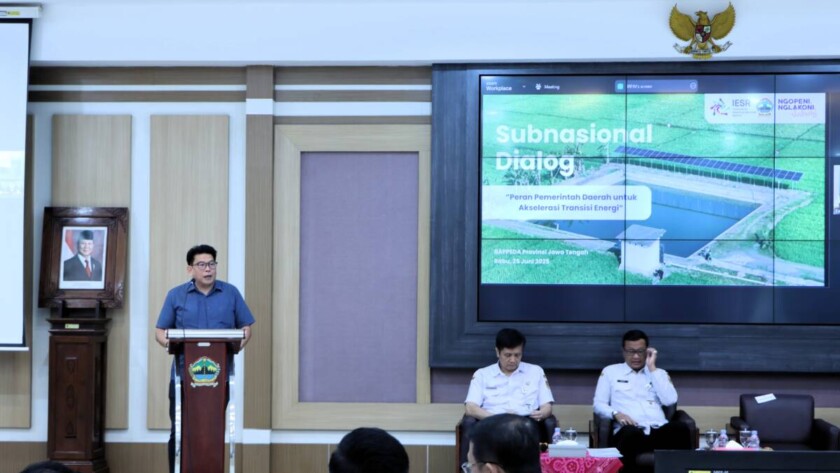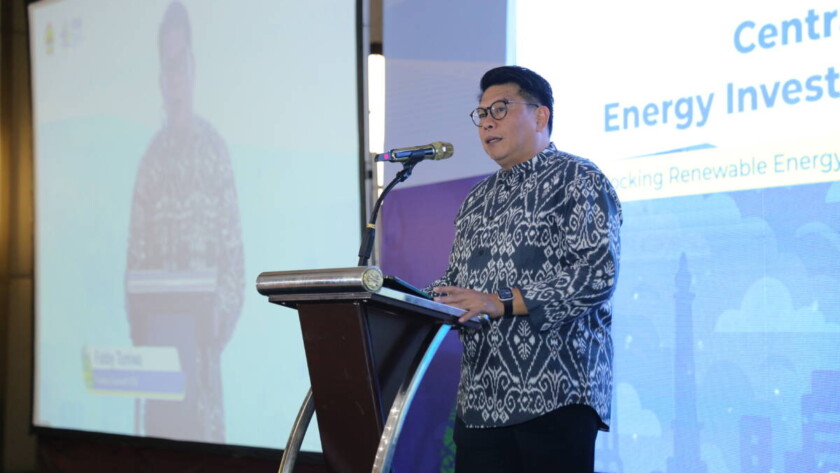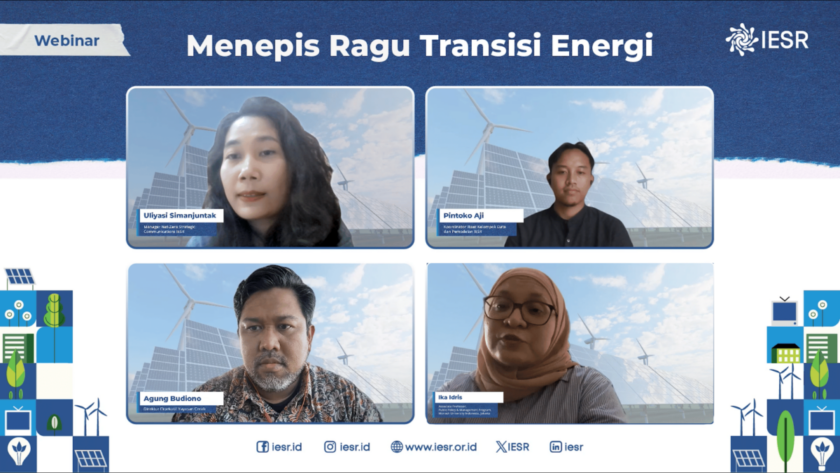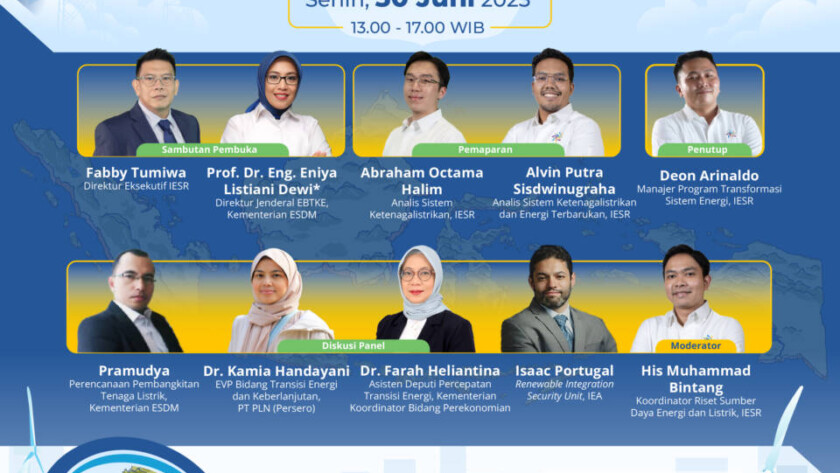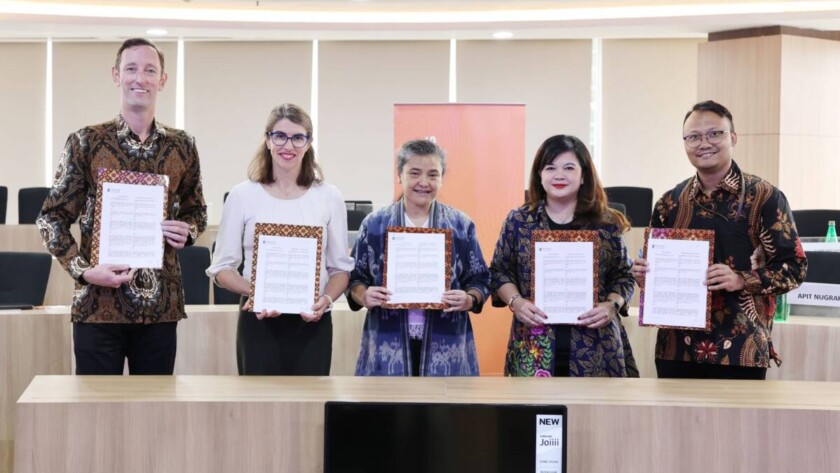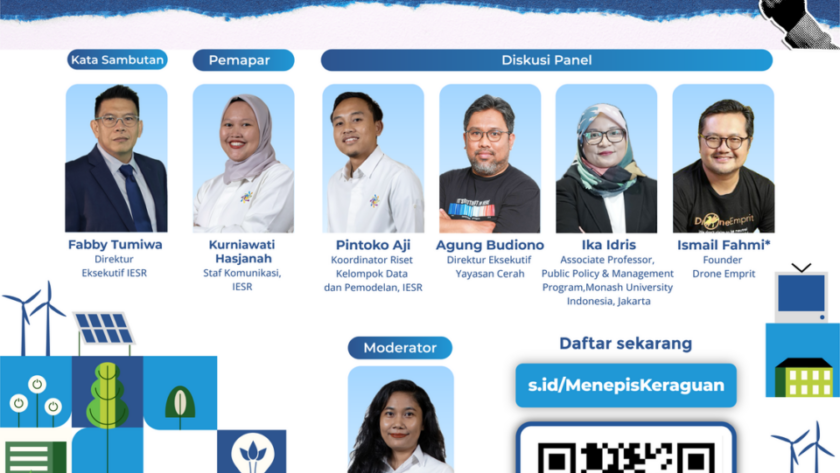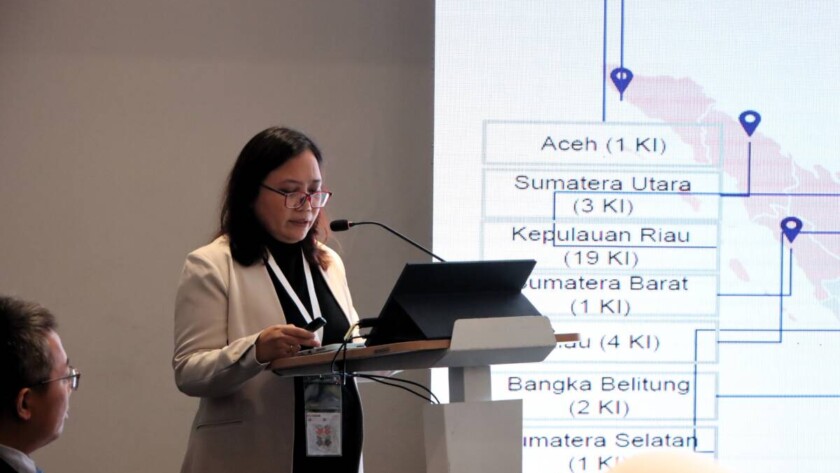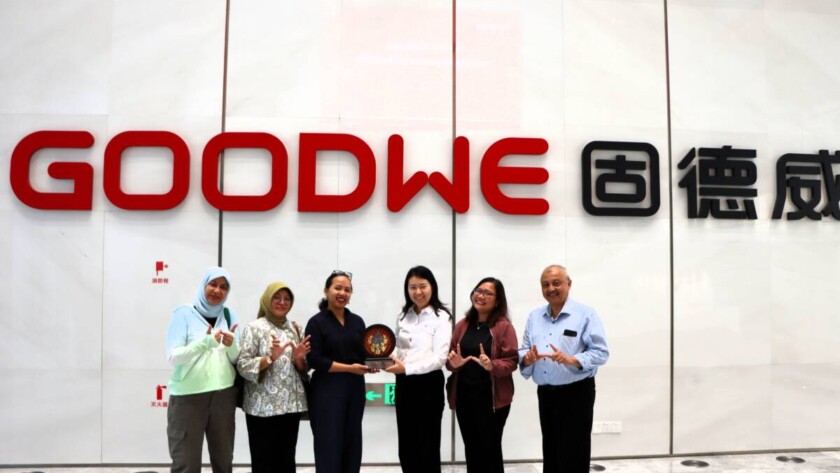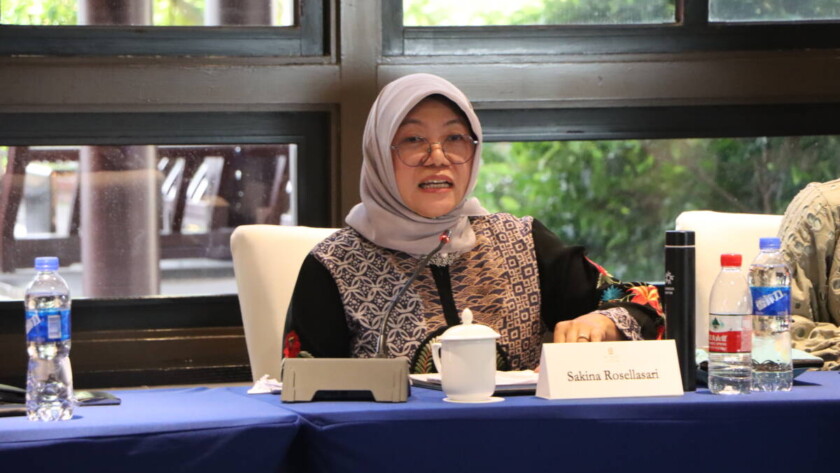Jakarta, 26 June 2025 - The Asian region faces a significant climate finance gap despite being a major contributor to global emissions. Based on data from the Indonesia Monetary Fund (IMF) 2024, the region needs around USD 1.1 trillion annually to meet climate change mitigation and adaptation targets. However, current investments have only reached around…


